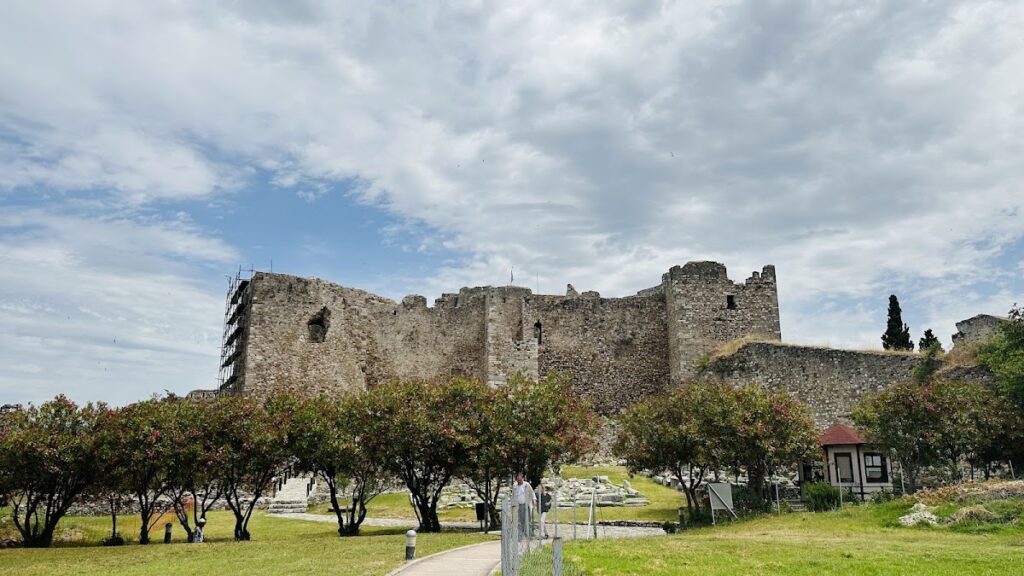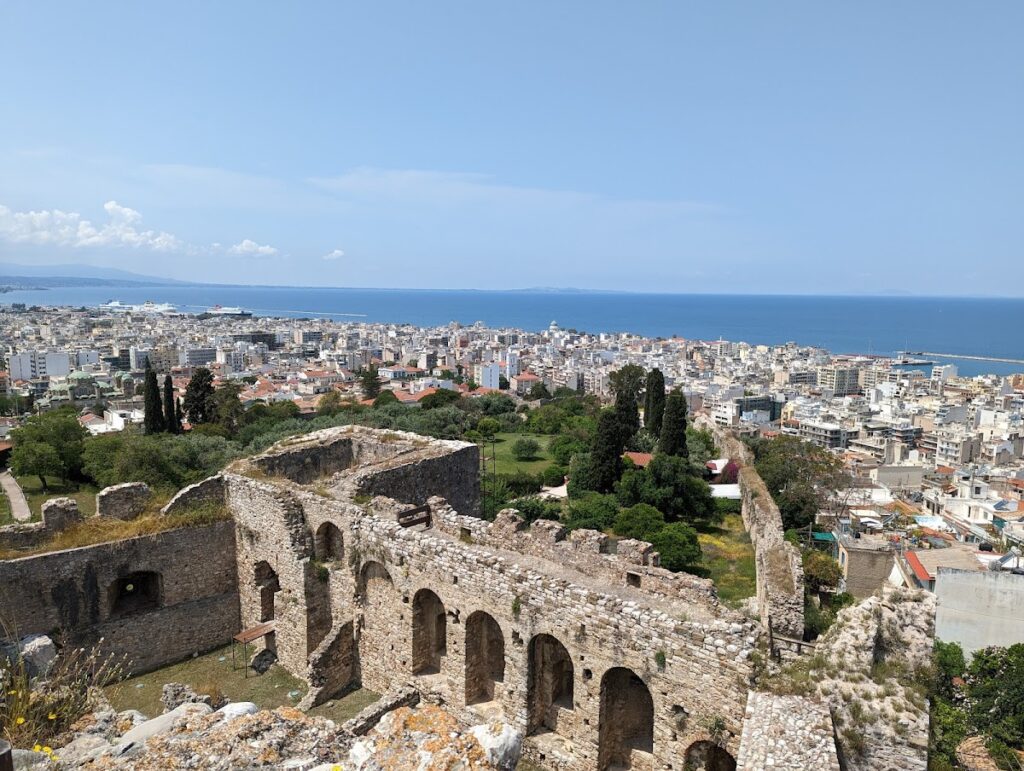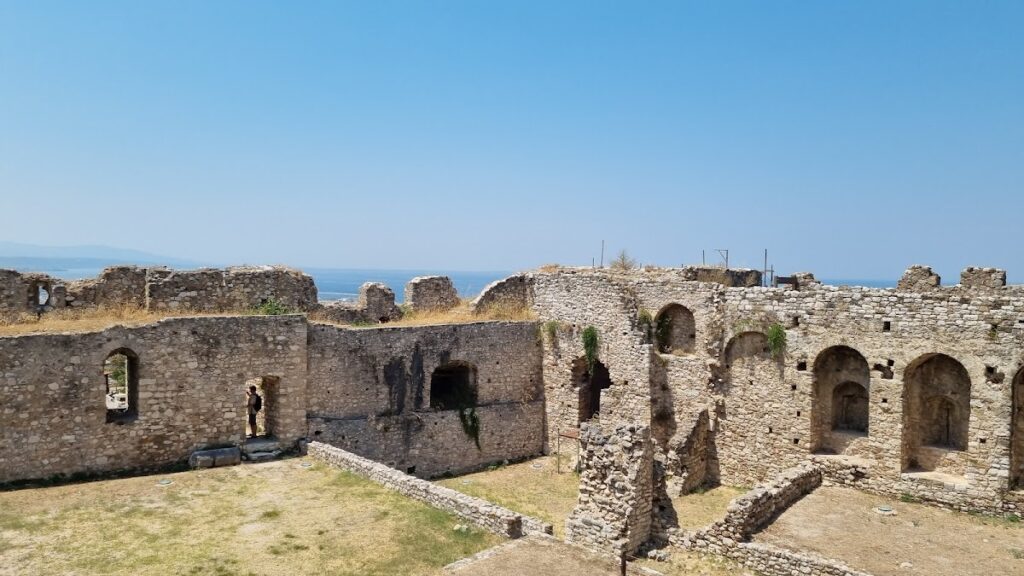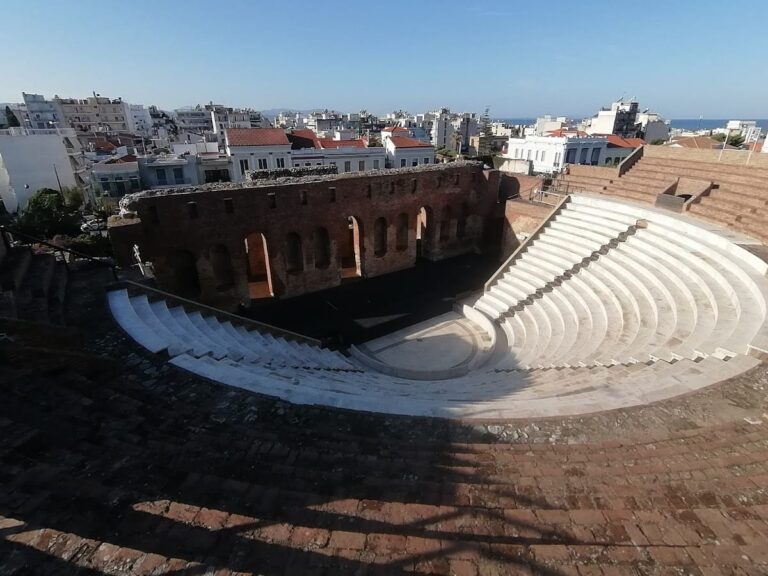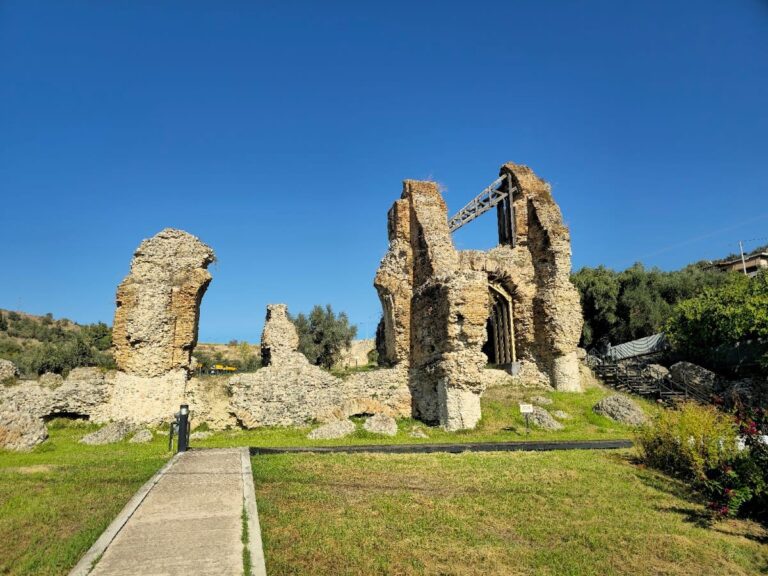Patras Castle: A Byzantine Fortress in Greece
Visitor Information
Google Rating: 4.6
Popularity: Medium
Google Maps: View on Google Maps
Official Website: odysseus.culture.gr
Country: Greece
Civilization: Unclassified
Remains: Military
History
Patras Castle is located in the municipality of Patras in Greece and was originally constructed by the Byzantine Empire. Its origins trace back to the mid-6th century AD when Emperor Justinian I ordered its construction following the severe earthquake of 551 AD. The castle was built directly atop the remains of the ancient acropolis of Patras, incorporating stones and architectural elements from earlier, pre-Christian buildings in the area.
During the Byzantine period, Patras Castle served both as a military fortress and as an administrative center. It successfully resisted numerous attacks from various invading groups, including Slavs, Saracens, Bulgarians, and Normans. A particularly notable event occurred in 805 AD when combined Slavic and Saracen forces besieged the castle but were repelled. This victory was traditionally credited to a miracle attributed to St. Andrew, the patron saint of Patras, adding a spiritual importance to the fortress.
Following the Fourth Crusade in 1205, the control of the castle passed to Frankish rulers. They expanded and strengthened the fortress, including the addition of moats on three sides to improve its defenses. In 1278, the Latin Archbishop took possession of the castle and maintained control for over 150 years. For a short period beginning in 1408, Venetian forces leased the fortress for five years, reinforcing parts of the structure. The castle remained under the Latin Archbishop’s administration until 1430, when Constantine Palaiologos, then Despot of the Morea and future last Byzantine emperor, retook the castle and undertook repairs to its walls.
In 1458, the Ottomans captured Patras Castle and used it as a key seat of administrative authority during their governance of the Peloponnese region. While Ottoman control largely remained stable, the Venetians briefly seized the fortress during the Morean War in 1687, adding fortifications to the upper areas before Ottoman forces regained control in 1715.
The castle again became militarily significant during the Greek War of Independence beginning in 1821. Greek forces commanded by Theodoros Kolokotronis laid multiple sieges on the castle, but they were unable to capture it until 1828 when French troops under General Maison succeeded in taking the fortress.
After Greece’s independence, Patras Castle was repurposed as a prison and a military camp. It remained an active military installation under Greek control well into the 20th century. During World War II, German forces occupied the castle from 1941 until liberation in October 1944. Since 1973, the castle has been managed by the 6th Ephorate of Byzantine Antiquities and now serves as a venue for cultural activities, especially during the summer months.
Remains
Patras Castle covers an area of approximately 22,725 square meters on a gentle hill near the Panachaiko Mountain foothills, about 800 meters inland from the Patraic Gulf coast. Its layout is defined by a roughly triangular outer wall that is reinforced with towers and gates. Originally, this defensive enclosure was surrounded on three sides by a deep moat, which helped deter attackers.
Within the castle walls, there is an inner enclosure located at the northeastern corner of the site. This smaller fortified area was also separated by its own moat, highlighting the layered defensive approach taken by its builders. The eastern wall of this inner section features an entrance gate embedded within a large tower covering around 30 square meters, which controlled access into this protected zone.
Construction of the castle made extensive use of spolia, or reused building materials, taken from older, pre-Christian structures. These include architectural fragments such as friezes (decorative horizontal bands) and vaults, creatively incorporated into the masonry. A well-known element is the marble torso and head of a Roman statue embedded in the walls. This piece is tied to local legend and is referred to as the “Patrinella” by residents, linking the fortress to the cultural memory of the city.
The walls of Patras Castle rise to about 12 meters (40 feet) in height and show evidence of many phases of repair and alteration over the centuries. Notable restoration work was carried out by Constantine Palaiologos in the 15th century and later by the Venetians during their brief occupation, both leaving their marks on the fortress’s defenses.
Inside the inner enclosure, modern usage includes a removable open-air theater capable of seating 640 people. This feature is used for cultural events during the summer but does not detract from the well-preserved condition of the castle overall. The fortress is regarded as one of the best-maintained historical landmarks in Patras, reflecting the care taken to preserve its many layers of history.

